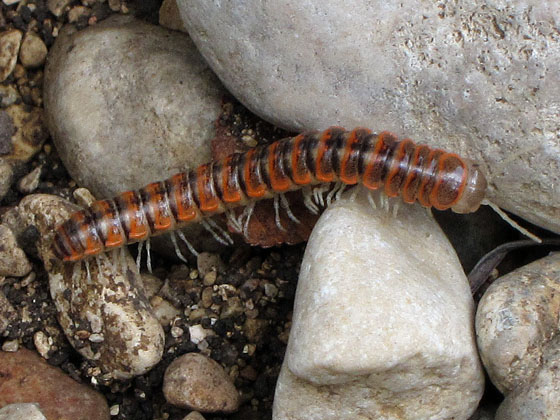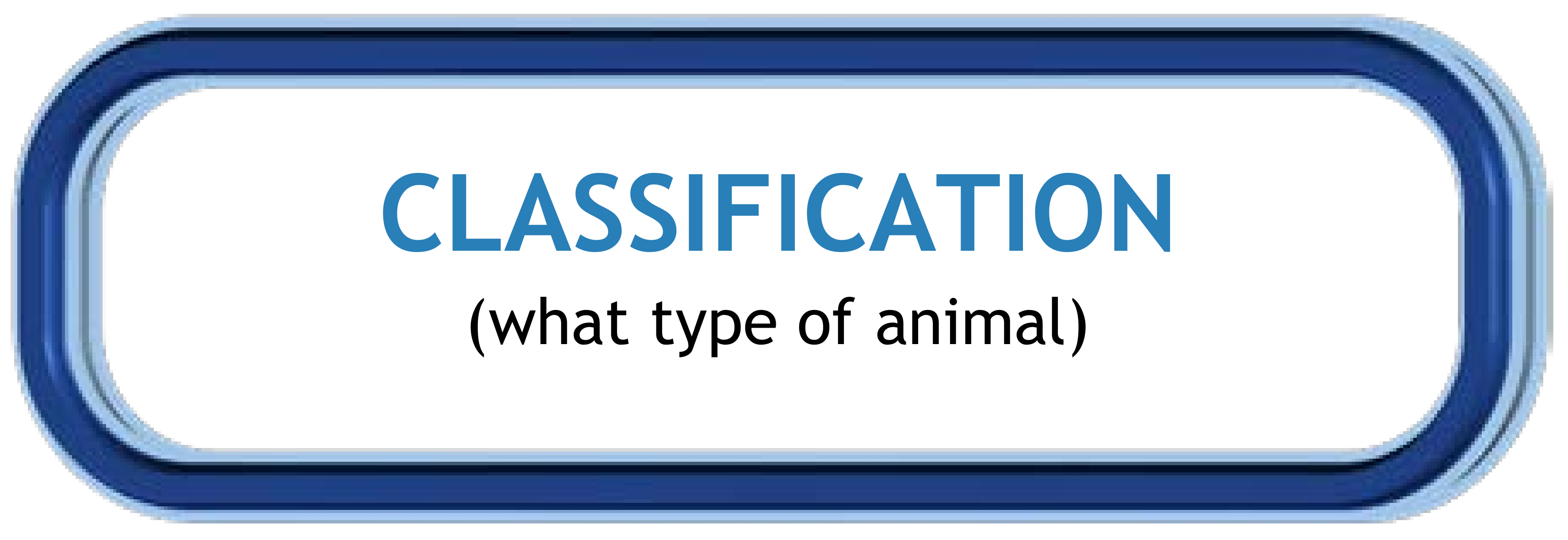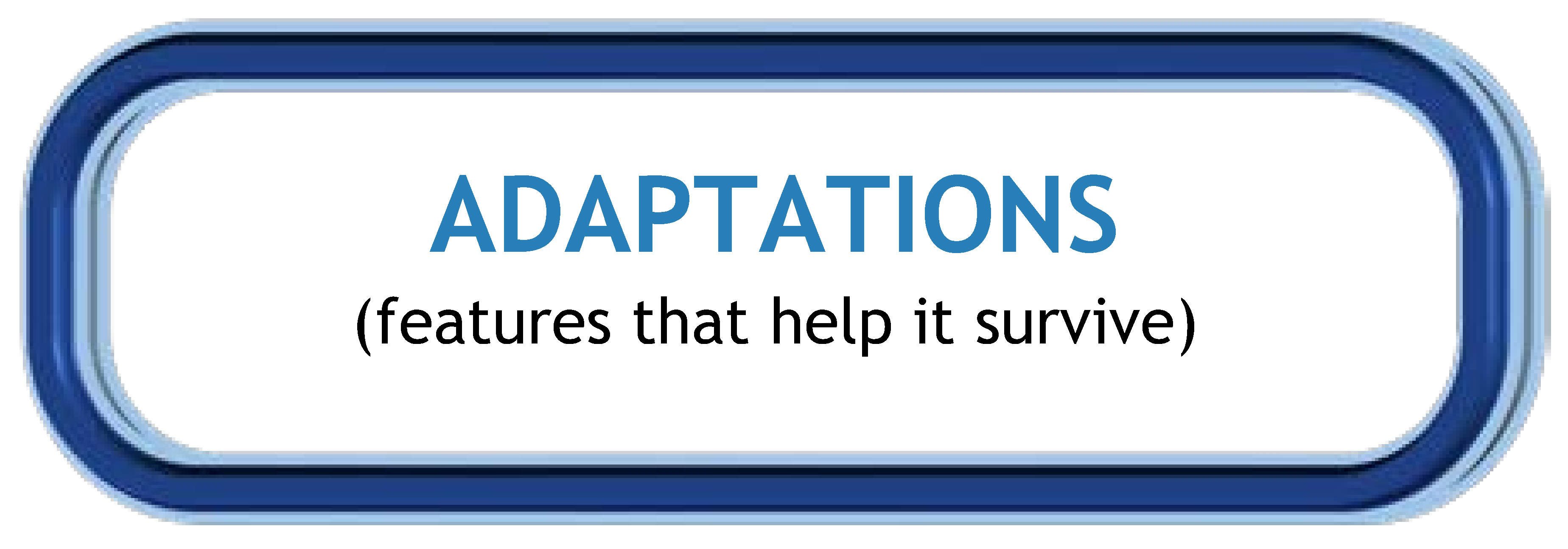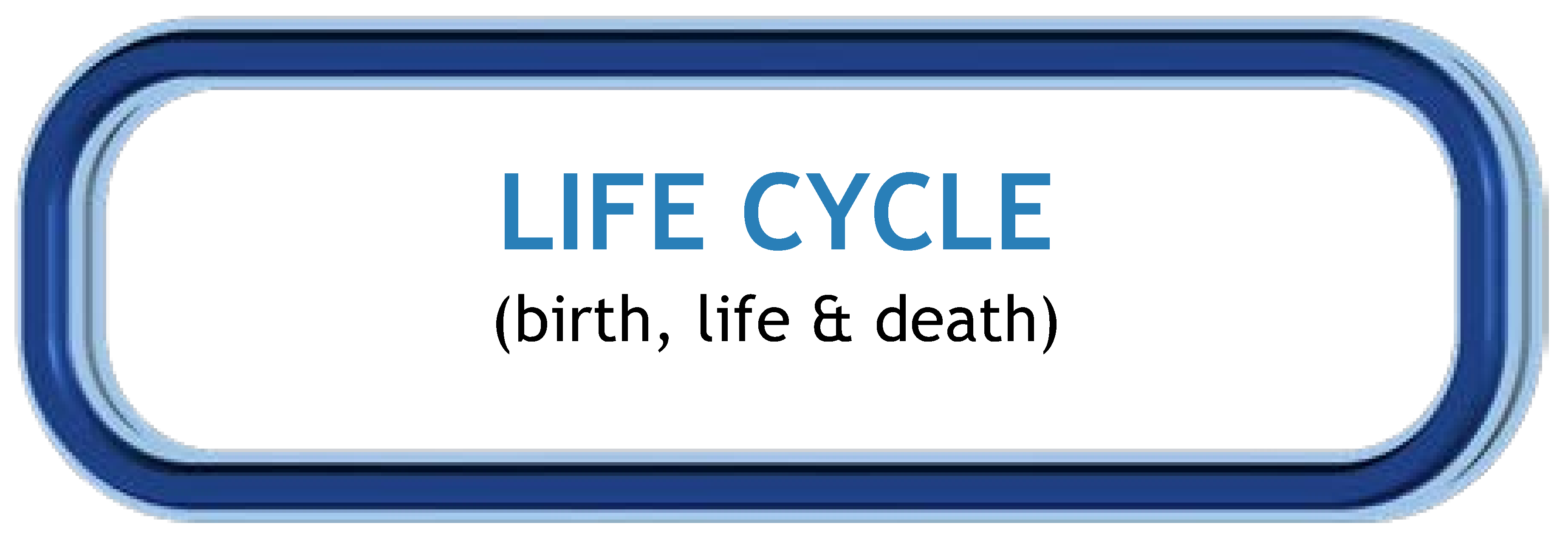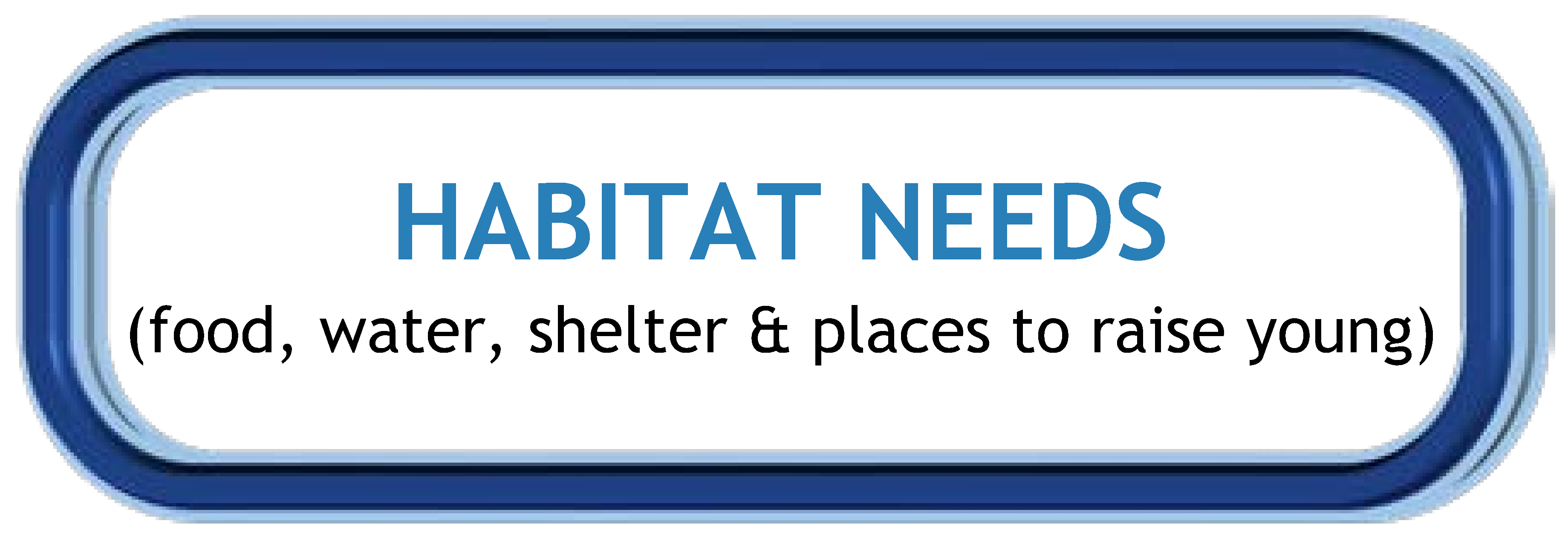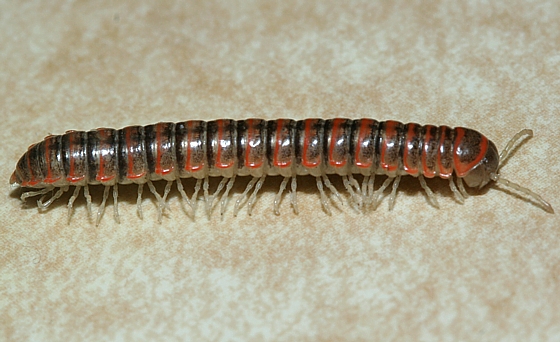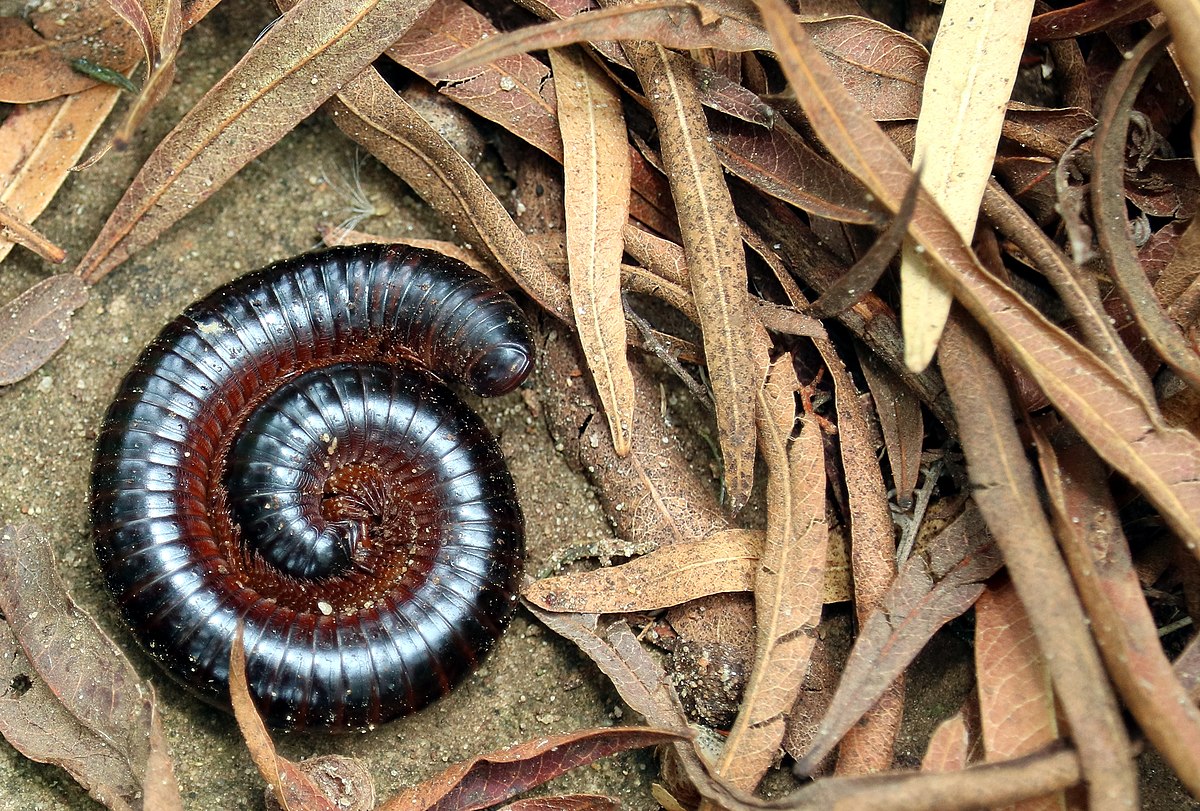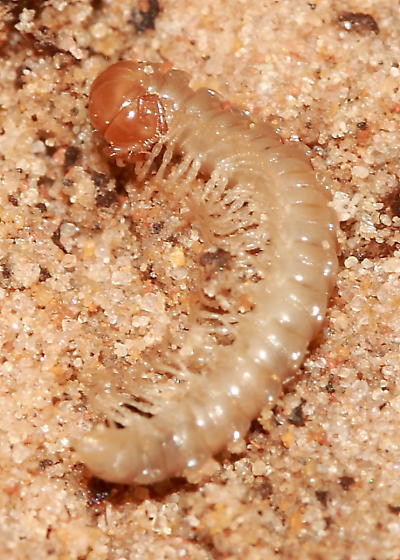Wonders of Wildlife: Millipede
Millipede
Common Name: Flat-backed millipede
Scientific Name: Eurymerodesmus spp.
Found in Alabama: Statewide
Diet: Detritivore (feeds on dead organic material) |
|
Flat-backed Millipede in Habitat
Stephen P. Holloway
Click image to enlarge it |
Learn more about...
| CLASSIFICATION |
| |
|
|
What type of animal am I?
- I am an invertebrate (an animal without a spine or backbone).
- I am cold-blooded, so I cannot control my body temperature.
- I have a stiff covering on the outside of my body called an exoskeleton.
- I breathe through small holes in my abdomen called spiracles.
- I have more than 10 legs.
|
Scientists use basic traits to group animals into different taxonomic classes.
For a taxonomic classification chart comparing key traits of common backyard wildlife,
CLICK HERE! |
|
| The Millipede is a DIPLOPOD! |
| IDENTIFICATION TIPS |
| |
| ADULT MILLIPEDE |
| |
|
Flat-backed Millipede
Randy Hardy
Click image to enlarge it |
- Average length is 1 inch
- Many body segments
- Bodies are cylindrical or slightly flattened
- Orange and black coloration on each body segment
- Adults have between 34 and 400 legs, depending on the species
- Each body segment has 2 pairs of legs except for first few segments behind the head which each only have 1 pair of legs
- Babies look similar to the parent
|
| ADAPTATIONS |
| |
| PHYSICAL ADAPTATIONS |
| |
| Millipedes have a shape for burrowing: |
- Millipedes spend a lot of time burrowing into the ground.
- Their streamlined body shape along with fused body segments allows them to push forward while other segments remain rigid.
- Their legs originate in the center of their belly rather than along the edges.
- This allows the rigid body to protect the delicate legs and also allows their legs to have more contact with the soil.
|
| |
| Millipedes can defend themselves against predators: |
- A millipede's hard exoskeleton (hard covering on the outside of the body that provides protection) is the first line of defense against predators (animals that eat them).
- Many species of millipedes can also emit toxins (chemical poisons produced by organisms) to defend themselves.
- These toxins can burn the exoskeletons of other insects and can cause skin and eye irritation in mammals, including humans.
|
| |
| BEHAVIORAL ADAPTATIONS |
| |
| Millipedes are nocturnal: |
- They are active during the night (nocturnal).
|
| |
| Millipedes keep themselves hydrated: |
- Millipedes lose moisture through their exoskeletons (hard covering on the outside of the body that provides protection), so it is important for them to protect themelves from drying out.
- Millipedes are often seen after heavy rains or when conditions are damp.
- They have special sensory organs called Tömösváry organs which are used for determining the humidity (moisture) in an area.
- They use these organs to determine which areas have the most optimal moisture levels.
|
| |
| Millipedes coil to protect themselves: |
- When handled by a predator (animal that eats them), millipedes are known to form a coil shape with their exoskeletons (hard covering on the outside of the body that provides protection) facing outward.
- The hard exoskeleton protects the delicate legs and softer parts of their bodies.
|
Millipede Coiling
Wikimedia - Prosthetic head
Click image to enlarge it
|
| |
| LIFE CYCLE |
| |
| Life Cycle Stages of the Millipede |
| |
|
Egg:
|
- Females lay up to 100 hard-shelled eggs below the surface of the soil or leaf litter.
- Once the eggs are deposited, the parents do not stay with them or take care of them.
|
Millipede Larva
Sam Houston
Click image to enlarge it |
| |
|
Young: |
- Young look similar to the adults and are independent upon hatching.
|
| |
|
Life Span: |
- The life span varies based on the species (different individual types), but some can live up to 7 years.
|
NATURAL
Habitat Needs |
ADULTS |
YOUNG |
| Food |
- Millipedes feed on decaying plant material on the ground such as leaf litter.
|
- The young feed on decaying organic matter on the ground.
- As the young grow and molt (shed) into a new exoskeleton (hard covering on the outside of the body that provides protection), they will eat the previously shed exoskeleton for added nutrients.
|
| Water |
- Millipedes require a moist environment because they absorb water through the exoskeleton.
|
| Shelter |
- They can be found under tree roots and near rock outcrops.
- They are likely to under debris such as mulch and leaf litter.
|
| Places to Raise Young |
- Females lay their eggs in moist soil, usually under leaf litter.
- Once eggs are deposited, there is no parental investment.
|
|
BACKYARD
Habitat Needs |
ADULTS |
YOUNG |
| Food |
- Do not remove debris on the ground such as leaf litter, decaying logs, and other organic materials.
|
| Water |
- They require moist environments and absorb moisture through the exoskeleton.
- Provide small or large rocks that allow for cool and moist areas underneath.
|
| Shelter |
- Do not remove leaf litter, fallen branches, rotting logs or other debris. Provide small or large rocks where they can hide when conditions are dry and hot.
|
| Places to Raise Young |
- Eggs are deposited in moist soil or leaf litter.
- Provide a location in a well shaded area that stays cool and moist.
|
|
| ECOLOGICAL ROLE |
| |
|
| Animals play an important ecological role in the health of habitats and ecosystems. |
| |
|
Food Source: |
- Millipedes provide a food source for beetles, rodents, frogs, lizards, turtles, and birds.
|
| |
|
| Decomposers: |
- Millipedes play an important role in consuming decaying plant material.
- They are able to break down the organic matter into a more useful form and recycling nutrients back into the soil.
- This helps keep the ecosystem clean which is beneficial to humans.
|
INFORMATION SOURCES FOR THIS SPECIES
.


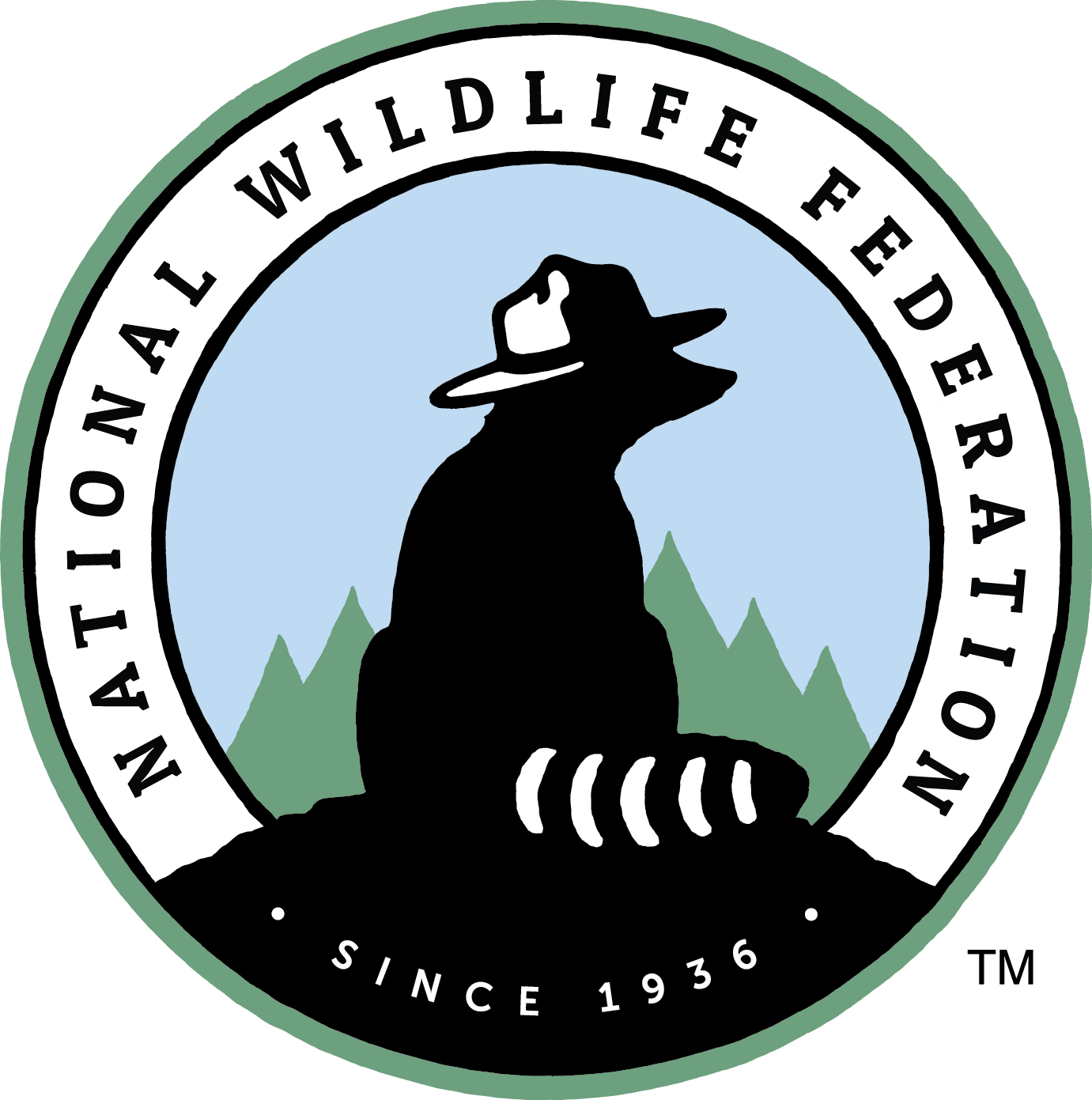
 Wildlife Tag
Wildlife Tag
